Property Week and Yardi brought together a host of leading industry figures at The Office Group, The Shard in London to discuss what the property industry is doing to tackle the climate crisis.
Panel of experts
- Sam Carson, director of sustainability innovation, Carbon Intelligence
- Janine Cole, director of sustainability and community, Great Portland Estates
- Neal Gemassmer, vice president, international, Yardi Systems
- Alex Green, assistant director, British Property Federation
- Malcolm Hanna, sustainability manager, real assets, LGIM
- Caroline Hill, corporate affairs and sustainability director, Landsec
- David Partridge, chairman, Argent Related
- Steven Skinner, UK chief executive, HB Reavis
- Liz Hamson, editor, Property Week (chair)
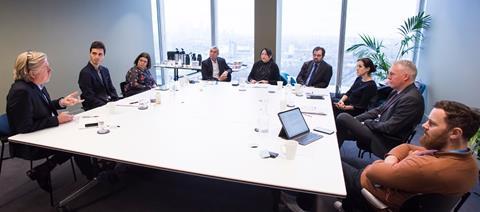
What is the industry doing to address the climate crisis? Has it woken up to the scale of the problem and started taking the right action, or is it still in the talking phase?
Skinner: I ask the question in a slightly different way. Is the ambition the right ambition? Is the ambition big enough? I think we are slowly moving away from an accreditation-based approach to sustainability, but is that happening quickly enough? Is that going far enough?

What key areas should the property industry focus on?

Hill: I think you have to start from the fundamental facts and listen to the science. The built environment is responsible for nearly 40% of global carbon emissions and that is a fact. So we, as the property industry, have an enormous role to play in tackling climate change – it is drilling down into your particular business and looking at what can you do. At Landsec, our focus is on carbon reduction and energy reduction. Setting really bold and ambitious targets and making progress each year towards them. But each agent in the property industry – architects, designers, engineers, developers – have all got a different role to play. It is about finding your space and then going for it.
Partridge: We have to constantly look at innovation and think how much can I do. So even back in the mid-2000s when we got planning permission for King’s Cross, we committed to being 20% better than building regulations. So we built in a central energy centre that provides heating, cooling and electricity. There is no boiler in any of the buildings – it is all provided centrally. Off the back of that we have been able to get BREEAM ‘outstanding’ ratings for every single one of our office buildings. Someone told me the other day that 10% of all the BREEAM ‘outstanding’ buildings in the UK are at King’s Cross. I did not even know it because you sort of see it as part of what you do anyway.
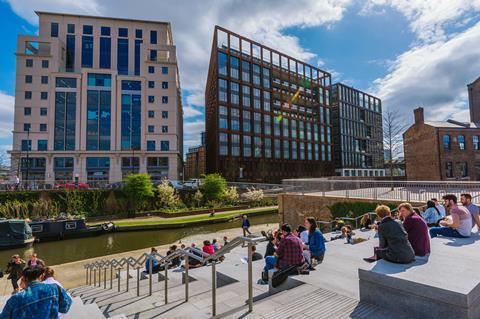
How big a problem is embodied carbon for the industry?
Hill: When we started with our new sustainability strategy five years ago, one of the first things we did was a full carbon-footprinting exercise with the Carbon Trust looking at the whole range of activities that Landsec does. And what that told us is that our scope three is the absolute lion’s share of our footprint. So for us, that is how we build our buildings through our supply chain with our contractors, and then there is the energy-in-use of our occupiers. And so our programme has for years focused on embodied carbon because we know that is where our biggest footprint is.

Hanna: The other thing to remember about embodied carbon is if you think about the operational carbon that will be emitted over the lifetime of the building, which could be anything from 10 to 50 years, the embodied carbon is right up front. In terms of our approach, L&G has had targets in place for quite a few years and we recently achieved our previous 10-year target. So we are in the process of updating our science-based targets for the next 10 years.
What does the industry need to do to address the embodied carbon issue specifically?
Cole: Innovate. We have to look at different materials, look at doing things differently and use the tools we already have. BIM has so many advantages. Why are we not using it to measure embodied carbon? I know it is happening in other countries, so why are we not doing that? The data around embodied carbon is still patchy.

Green: We’re trying to persuade the government to introduce some sort of financial incentive to effectively help with the maintenance and refurbishment of existing buildings. There is a massive existing stock of buildings that are going to be here in 2050, so we are trying to look at ways of shifting people’s impression of whether you necessarily go and do those works if there is no incentive to push you to do so.
Hanna: Embodied carbon can represent between 35% and 50% of the whole life carbon emissions of the building so I think a lot of work needs to be done around embodied carbon. There are methodologies to measure but there are areas where there are issues around data, for example. That does not mean we should stop and wait. We need to get on. But as an industry we need to fill those gaps.
What about the role of data and technology? What can the sector do to ensure it is gathering the right data?
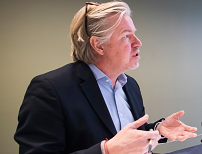
Gemassmer: Data plays a critical role, in both understanding a base line and being able to measure improvement to a goal. Too often, organisations do not capture and properly structure data. Without structured data, one cannot apply new technologies including machine learning and AI to accelerate innovation.
Are there any international exemplars or countries that are slightly ahead of the curve when it comes to data?
Gemassmer: Australia is an interesting example. Although it is a smaller market than the UK, given the focus on carbon emissions and the greenhouse effect, Australia has innovated faster in carbon-neutral building designs and systems that capture and benchmark data. Are we past the tipping point or have we got enough time to get our burning house in order?
Cole: I think we have to work on the basis that it is never too late. There is not a cut-off date. We have to work on the assumption we have time because otherwise, what is the other option?

Carson: I think we have seen a lot of improvement recently. Ten years ago we [Carbon Intelligence] were considered hippies and it was nice to have us around. Everyone felt better for talking to us, but we were not driving real change. Whereas the change in the past year has been quite extraordinary. So it is mainstreaming, which is super exciting. At the same time, I think there are going to be lots of speed bumps if this mainstreams too fast and we do not put in good solid infrastructure.
What speedbumps do we face on the road ahead?
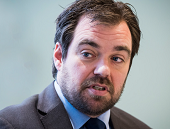
Carson: Rushing out strategies is going to be a huge problem. People trying to get there too quickly and not building the infrastructure that everybody has done around this table for years and figuring out how that works properly, because the problem with buildings is there is a spread-out infrastructure of people. There are people all over the place and stakeholders all over the place doing different things and all those people need to have this as part of their brief, part of their contracts, part of their procurement and a part of their identity. It is not a bolt-on. We have to put it everywhere and because it has to be everywhere it is going to take a while to actually get it to a credible level.
Get involved -The Climate Crisis Challenge: be the solution
What is the government’s view? Does it think industry is on the case?
Green: In terms of our engagement with them, they understand this is top of our agenda. For instance, the BPF has a ‘redefining real estate’ campaign and one of the key pillars of that is safeguarding the environment. We are also going to them [government] consistently to make sure that the things that have been implemented are working properly. So I would like to think that from their point of view, they know that we are engaged with it at a very high level.

Partridge: The truth is they are not going to legislate in a hurry. Over the last three years, they’ve been completely bogged down with Brexit. The next three years are going to be about following through on the regional agenda around the government’s ‘lent’ votes. That will be the primary objective and they are going to be reliant on us to be responsible and get on with it. The good news is investors are driving it, customers are driving it, the public is driving it. They are demanding it of us, so to some extent we have no excuse.
Where will we be by the COP26 climate summit in November?
Skinner: On an industry-wide basis, it just seems too slow and I do not think the ambition is big enough. I do not think government is pushing it with policy. If you do not really believe it will create value one way or the other, and if you are not being pushed by government and do not understand the value it could create, will you be ambitious? Is it really top of the list, or do people say it just to say it?
Cole: I hope we will be in the phase of everybody implementing the commitments we have all signed up to. There has been an awful lot of signing up to various different commitments and hopefully people will be in the implementation phase rather than just still talking about definitions. So where I like to think we will be is no longer talking about whether it is net or zero, and no longer talking about which commitment is the right one, but actually just delivering and decarbonising our portfolios.
Gemassmer: There is positive momentum and support, but I think there will be a series of baby steps for real action to take place. Everyone is looking at moving forward but I think there is still a lack of consensus in terms of how quickly it needs to be done.
Hill: Having the COP in Glasgow is a huge opportunity for the UK. This is a chance for the property sector to move outside of just property and collaborate with the whole of UK Plc, and for the UK to be this real global leader in tackling climate change.

























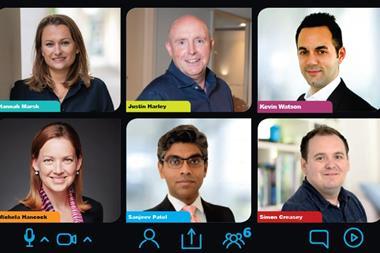



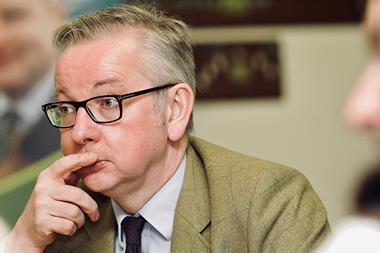

No comments yet